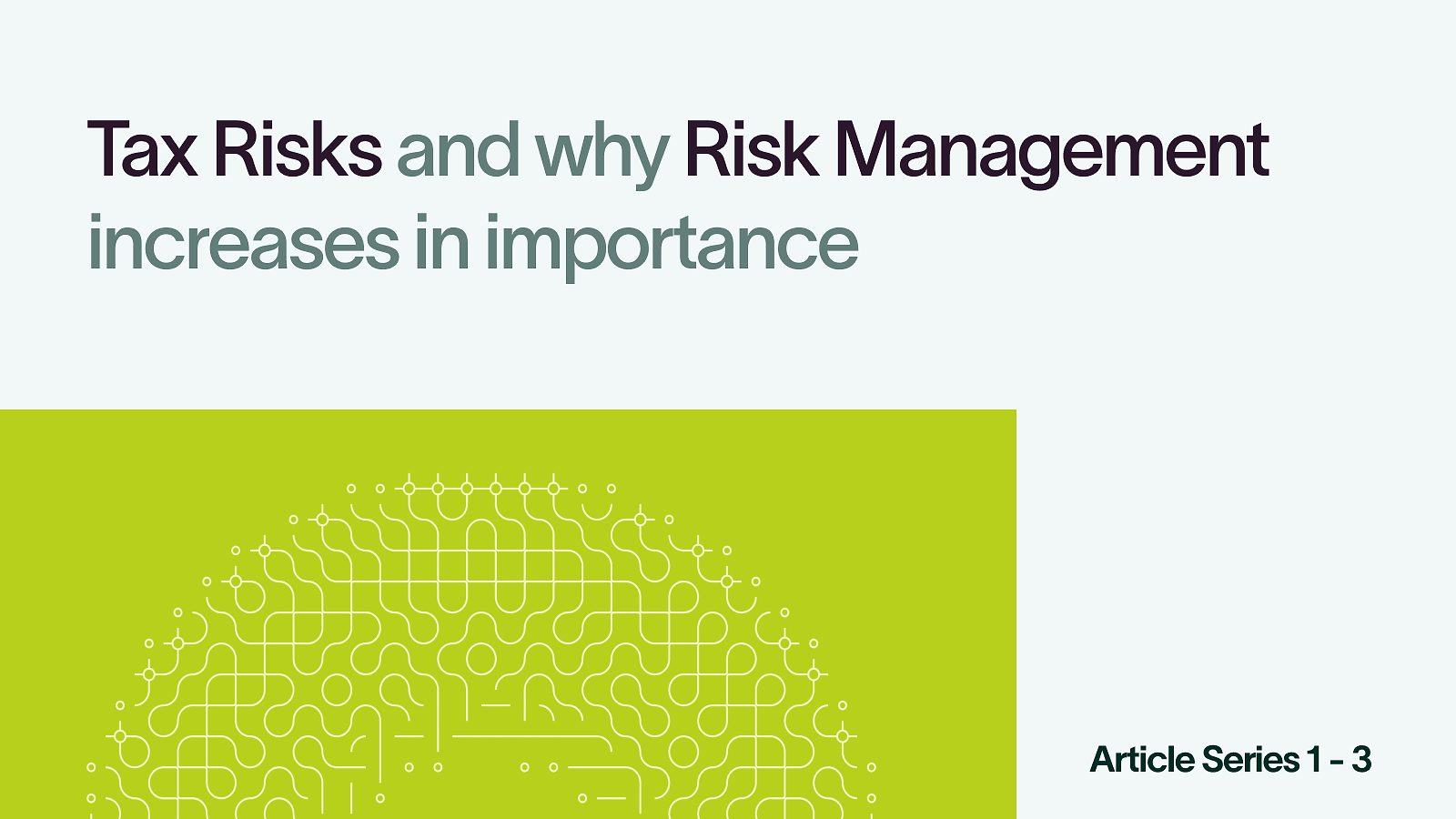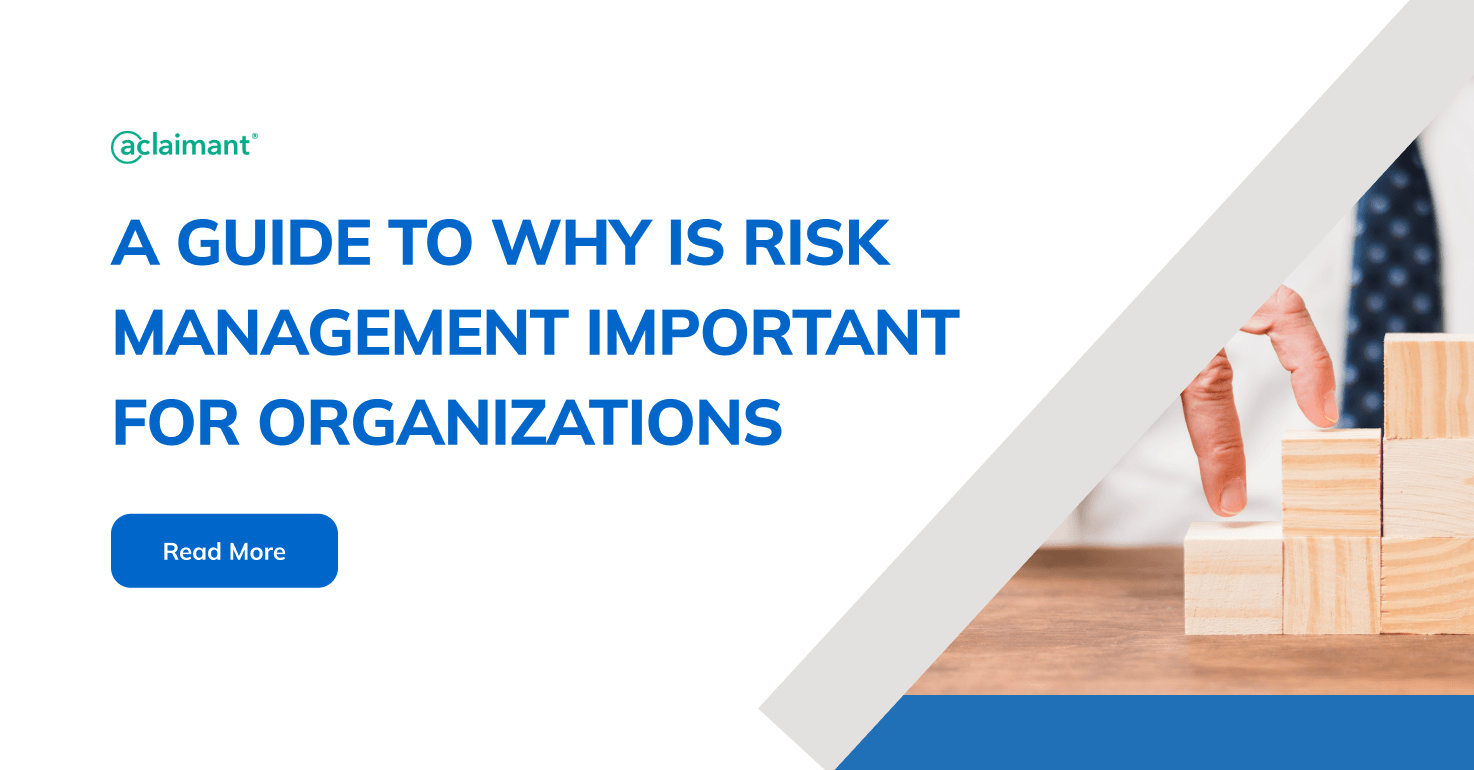Exploring the Relevance of Risk Management for Effective Decision-Making Approaches
In the detailed world of service, Risk Management emerges as a vital aspect in the decision-making procedure. The capability to identify prospective hazards and possibilities, and plan appropriately, can lead to the distinction in between success and failing.
Comprehending the Idea of Risk Management
Risk Management, a critical element in decision-making, is commonly misunderstood or oversimplified. Normally, it refers to the recognition, assessment, and prioritization of risks to decrease, keep an eye on, and manage the possibility or impact of unfavorable occasions. Nonetheless, it's not merely about avoiding adverse results, yet also regarding acknowledging possible opportunities. Risk Management includes structured and regimented techniques, making use of information and insightful assessments. It needs a detailed understanding of the organization's context, purposes, and the prospective threats that could combat them. From economic uncertainties, legal liabilities, calculated Management mistakes, to accidents and all-natural catastrophes, it attends to numerous risks. Significantly, efficient Risk Management is not stationary; it's a continuous, progressive procedure that develops with altering conditions.
The Role of Risk Management in Decision-Making Processes
In the world of calculated planning and organization procedures, Risk Management plays an important duty in decision-making processes. It aids in identifying possible dangers and unpredictabilities that might influence the accomplishment of company objectives. By tracing these threats, firms can create methods to mitigate their effect, guaranteeing business connection and security. Risk Management therefore becomes an important tool in decision-making, aiding leaders to make educated selections based upon a comprehensive understanding of the dangers entailed. It urges a positive method, allowing organizations to prepare and prepare for for possible future scenarios. This significantly decreases the probability of negative consequences, advertising more effective and efficient decision-making approaches. Risk Management offers as an essential element in the decision-making procedures of any kind of company.

Exactly How Risk Management Enhances Strategic Planning
In the context of tactical planning, Risk Management plays a crucial function. Initiating with the recognition of possible threats, it even more reaches the execution of Risk mitigation procedures. The role of Risk Management is not fixed however vibrant, as it demands continuous tracking and adjusting of strategies.
Identifying Possible Threats

Implementing Risk Mitigation
Having actually developed the importance of determining potential risks, the next action is to discover Risk reduction. This procedure includes creating and implementing methods to handle determined threats properly. It is an important facet of calculated preparation as it improves decision-making by decreasing prospective adverse end results. Risk mitigation strategies can range from Risk evasion, Risk transfer, to run the risk of reduction. Each strategy ought to be customized to the details Risk, considering its potential impact and the company's Risk resistance. Additionally, effective Risk reduction needs a deep understanding of the Risk landscape and the potential influence of each Risk. This understanding enables companies to anchor focus on threats and allot resources successfully, ensuring that one of the most considerable risks are attended to first.
Tracking and Changing Strategies
Though Risk mitigation is an essential step in strategic preparation, continuous monitoring and modification of these methods is just as vital. It likewise supplies a possibility to evaluate the success of the Risk Management actions, permitting changes to be made where required, more boosting strategic planning. Monitoring and readjusting Risk Management strategies is an important component for improving an organization's durability and strategic preparation.
Case Studies: Successful Risk Management and Decision-Making
In the globe of service and money, effective Risk Management and decision-making commonly work as the columns of thriving enterprises. One such entity is an international oil company that mitigated economic loss by hedging against changing oil rates. In an additional circumstances, a tech startup flourished by recognizing and accepting risky, high-reward methods in an unstable market. A global financial institution, encountered with governing unpredictabilities, successfully browsed the circumstance with proactive Risk evaluation and vibrant decision-making. These cases highlight the worth of astute Risk Management in decision-making processes. It is not the lack of Risk, however the Management of it, that often distinguishes successful business from unsuccessful ones. These instances emphasize the crucial role of Risk Management in calculated decision-making. importance of risk management.
Devices and Techniques for Reliable Risk Management
Browsing browse around this web-site the intricate puzzle of Risk Management requires the right set of methods and devices. These devices, such as Risk registers and heat maps, help in identifying and assessing prospective dangers. Strategies consist of both quantitative methods, like level of sensitivity analysis, and qualitative approaches, such as SWOT analysis. These aid in focusing on dangers based on their possible influence and chance. Risk action methods, a crucial part of Risk Management, involve accepting, avoiding, transferring, or mitigating dangers. Monitoring and controlling risks, through regular audits and evaluations, make certain that the strategies continue to be effective. With these devices and methods, decision-makers can navigate the complicated landscape of Risk Management, thus promoting notified and effective decision-making.
Future Fads in Risk Management and Decision-Making Strategies
As we discover the vast landscape of Risk Management, it comes to be apparent that the strategies and devices made use of today will certainly continue to important link evolve. The concept of Risk culture, where every member of an organization is mindful and entailed in Risk Management, will certainly acquire extra prominence. These fads herald an even more inclusive and proactive method in the direction of Risk Management and decision-making.
Conclusion

Risk Management hence becomes a vital device in decision-making, aiding leaders to make enlightened selections based on a thorough understanding of the risks involved. Risk mitigation approaches can range from Risk evasion, Risk transfer, to run the risk of reduction (importance of risk management). Reliable Risk reduction calls for a deep understanding of the Risk landscape and the potential effect of each Risk. Risk response approaches, a vital element of Risk Management, involve approving, preventing, moving, or mitigating threats. The idea of Risk culture, where every member of an organization is aware and entailed in Risk Management, will get more prestige
Comments on “The Unquestionable Importance of Risk Management in Safeguarding Corporate Success”